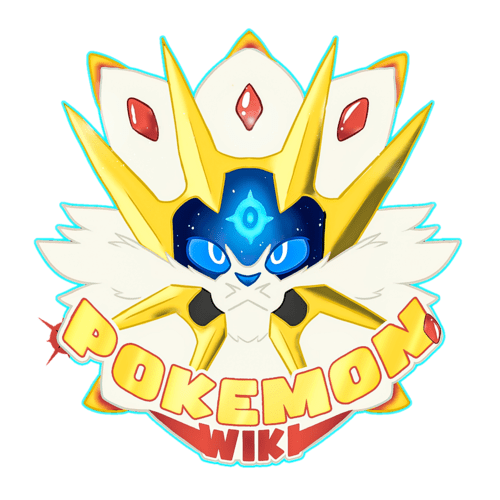No edit summary |
(Undid revision 394249 by 182.187.54.168 (talk)) |
||
| Line 16: | Line 16: | ||
*[[Egg Group 14]]: Dragon. Dragons fill nearly all spots in this egg group, as the name implies. |
*[[Egg Group 14]]: Dragon. Dragons fill nearly all spots in this egg group, as the name implies. |
||
*[[Egg Group 15]]: Undiscovered. The Pokémon in this group simply cannot breed whatsoever. |
*[[Egg Group 15]]: Undiscovered. The Pokémon in this group simply cannot breed whatsoever. |
||
| + | |||
| − | The last group is the ballerina group. The pokemon are all girlish and girls |
||
==Description== |
==Description== |
||
The breeding method is typically used by Pokémon Trainers who want to get a Pokemon with characteristics that it usually wouldn't have. |
The breeding method is typically used by Pokémon Trainers who want to get a Pokemon with characteristics that it usually wouldn't have. |
||
Revision as of 10:34, 31 May 2013
Egg Group is a classification used in the Pokémon games that defines how Pokemon can breed. Depending on the Pokemon that bred the offspring (who will be born in an egg) can acquire new skills that they normally would be able to learn. If two Pokémon are not in an identical Egg Group, they cannot breed at all. This is the list of all egg groups:
- Egg group 1: Monster. The appearance of Pokémon in this group are mainly monster-like.
- Egg Group 2: Water 1. One of three Water egg groups. The Pokémon in this egg group are amphibious in nature.
- Egg Group 3: Bug. The name says it all: the Pokémon in this egg group are mainly insects and bugs.
- Egg Group 4: Flying. Avian (bird-like) Pokémon fill in this egg group's spots.
- Egg Group 5: Field. The Pokémon in this group are terrestrial in nature.
- Egg Group 6: Fairy. The Pokémon in this group are mainly considered petite and very cute.
- Egg Group 7: Grass. The Pokémon in this group are mainly grass- and plantlike in appearance.
- Egg Group 8: Human-Like. The Pokémon in this group are fully bipedal.
- Egg Group 9: Water 3. The Pokémon in this group resemble aquatic invertebrates.
- Egg Group 10: Mineral. The Pokémon in this group are unorganic in nature.
- Egg Group 11: Amphorous. The Pokémon in this group are amphorous, having no defined form.
- Egg Group 12: Water 2. The Pokémon in this group are Piscine (Fish-like) in appearance.
- Egg Group 13: Ditto. Yep! Ditto has it's very own egg group, mainly due to it being able to breed with almost any Pokémon (regardless of gender), excluding legendary, event and Pokémon in the Undiscovered and Ditto egg groups.
- Egg Group 14: Dragon. Dragons fill nearly all spots in this egg group, as the name implies.
- Egg Group 15: Undiscovered. The Pokémon in this group simply cannot breed whatsoever.
Description
The breeding method is typically used by Pokémon Trainers who want to get a Pokemon with characteristics that it usually wouldn't have.

